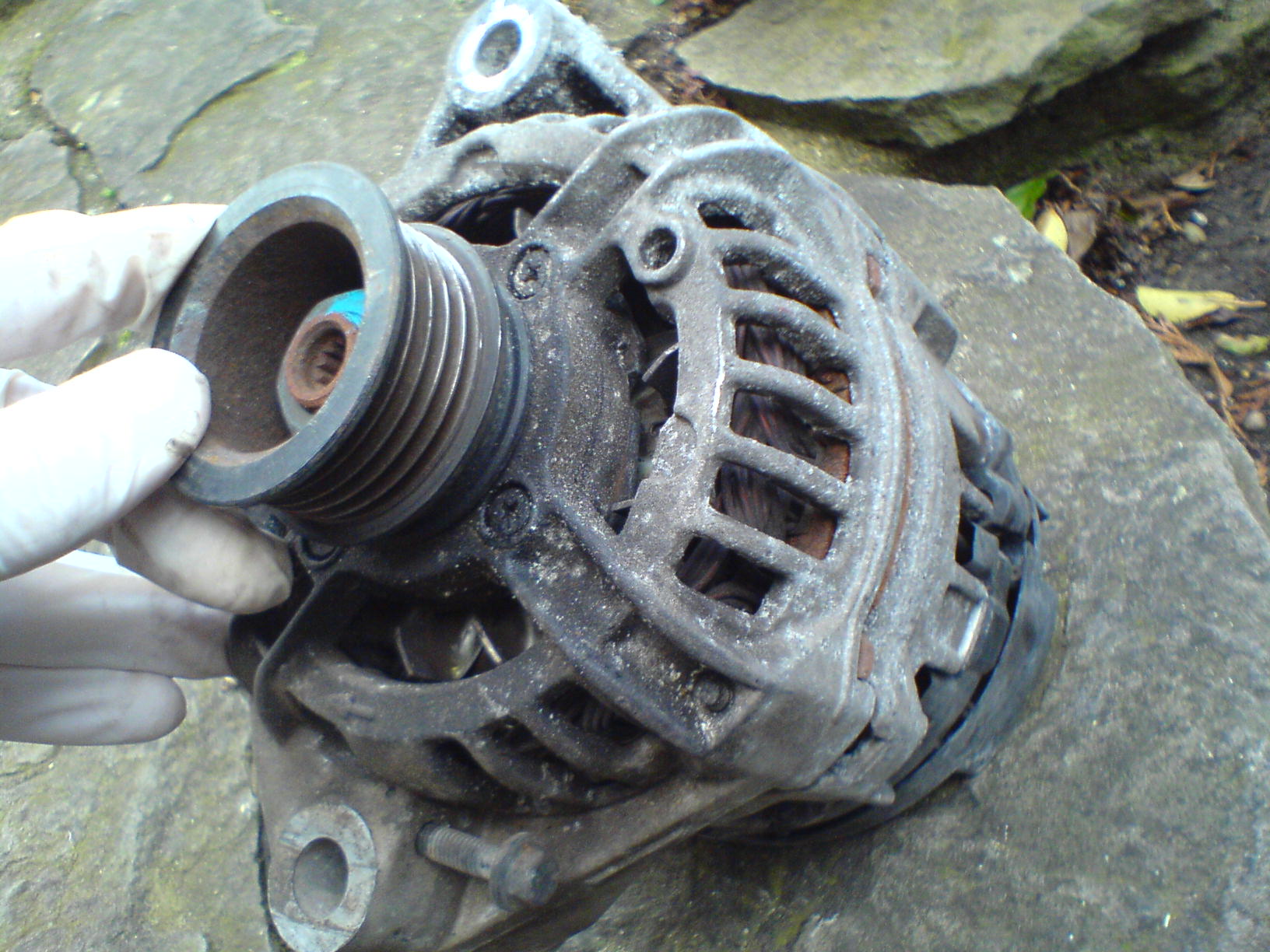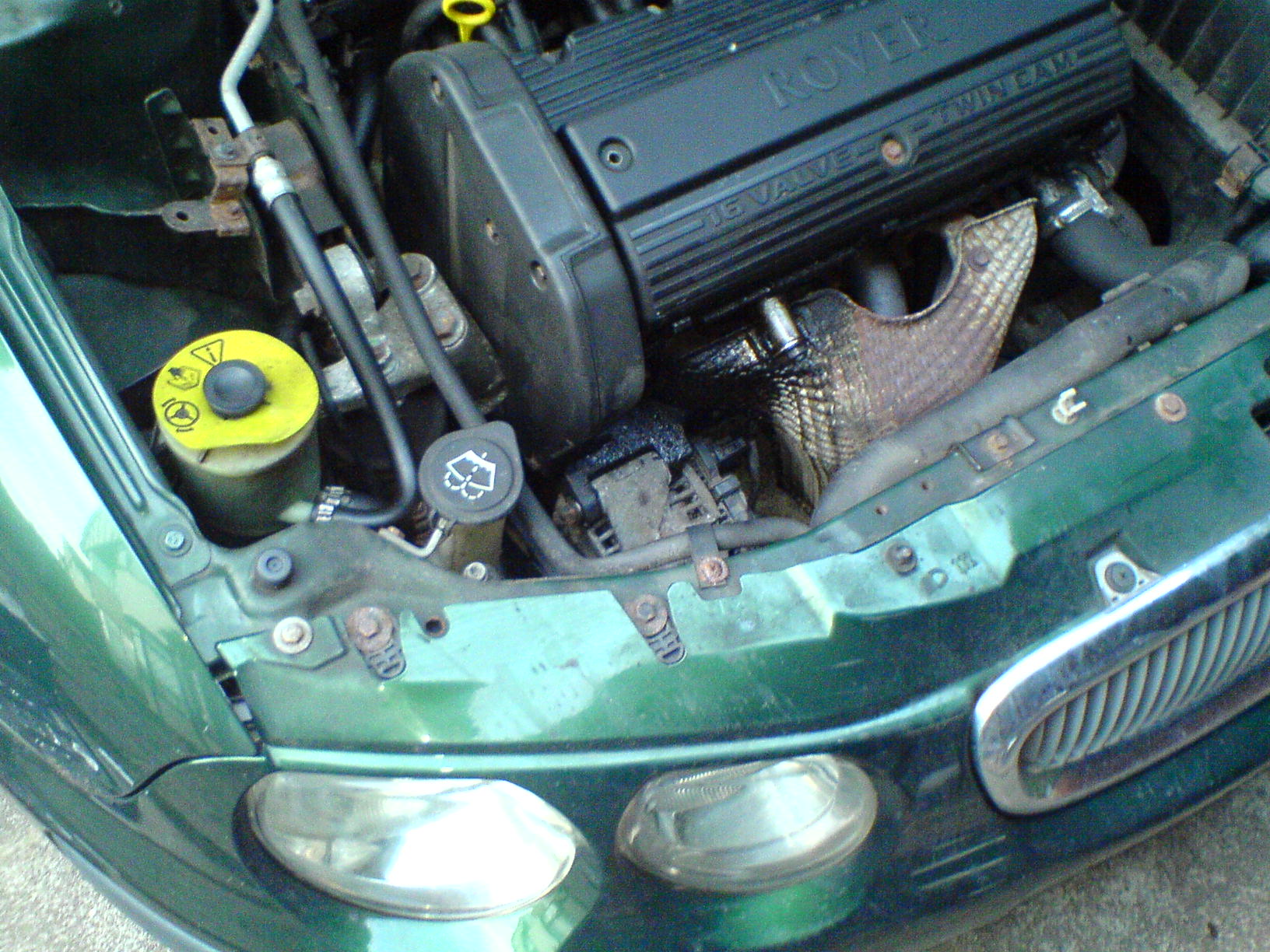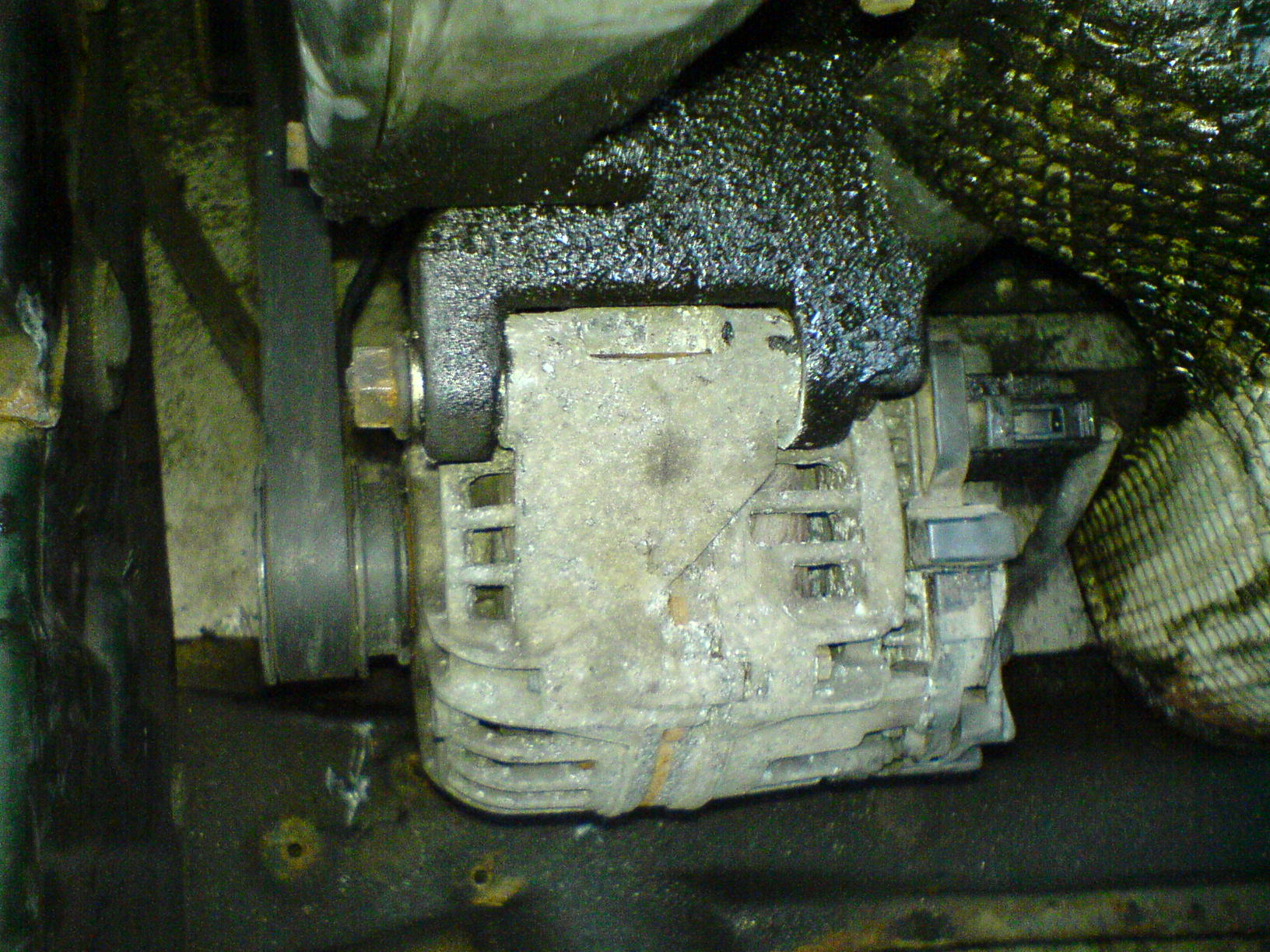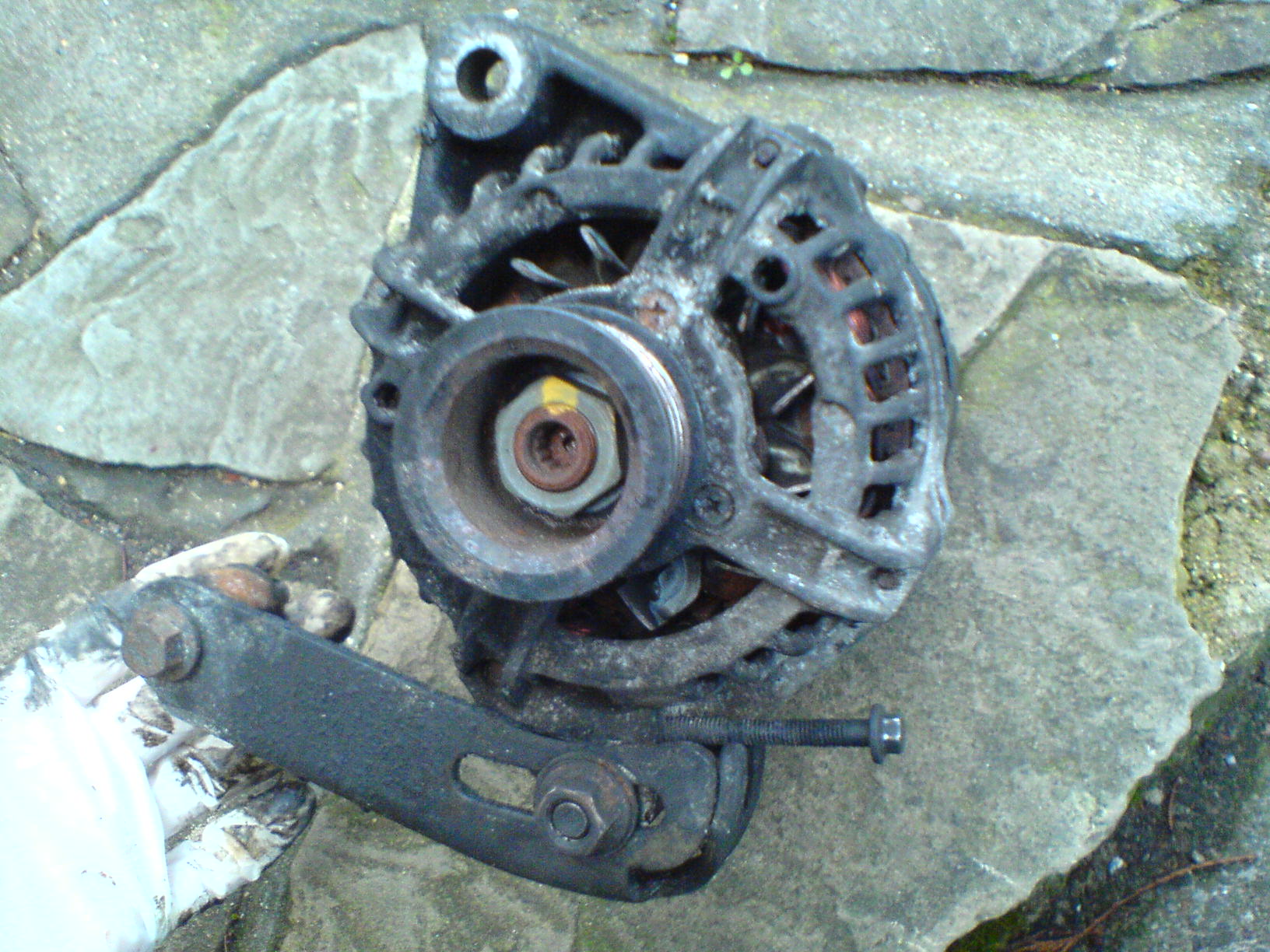Will you read a post about car mechanicals? DOUBTFUL.
A few weeks ago, the alternator died on a car I was driving while about 70 miles from home, collecting some parts for my car. This was an interesting experience. Initially, the headlights ran bright for a few seconds – the voltage regulator on the alternator had failed, so it was providing excess power. Then the whole unit gave up, triggering a few warning lights and telling me I had probably less than an hour to get wherever I wanted to go before the car died completely.
The thing to do in this situation is to turn off everything electrical that you can – radio, air con – and peg it to a safe harbour nearby. Sadly, night time driving without headlights is frowned upon, so the efficiencies you can make are sometimes limited.
The first thing to fail was the odometer display (mileage counter). Then, the speedometer and tachometer (rev counter). Within a few minutes the indicators stopped working, and almost straight after that the engine gave up. A fading battery is a strange and clumsy death for a car, with near-essential systems failing straight away and irrelevancies like the electric windows quite happy to power up and down long after the car’s rumbled to a sombre halt.
In the end I had to leave the car about halfway home and come back the morning after with a tow truck. Then: alternator!
If you aren’t too familiar with cars, they have two kinds of stored energy. The first is fuel, a form of chemical energy. You pour it in at gas stations and the engine explodes it, pushing you forwards. The second is electricity stored in the car battery (confusingly, another form of chemical energy). This powers the lights, the computers, the stereo and all that good stuff. It can be turned into forwards motion too, by running it through the starter motor(but normally that’s done out of gear and just to get the engine turning over, so the explosions start).
The alternator is a small generator connected to the engine that saps its power to generate more electricity and top up the battery.
That pulley at the front is driven by a belt. There’re a bunch of magnets inside that spin with the pulley, and their movement induces a current in the fixed wire coils around the outside.
D’aw – there it is in its natural environment, nestled in against the engine.
Changing an alternator is pretty easy. First, you disconnect the battery. One terminal, either positive or negative, is always connected to the car’s chassis. Remove that one and it’s safe. (It’s always best to disconnect this chassis-connected terminal first. If you disconnect the other one first and accidentally connect it with the chassis while you’re doing so, you risk shorting the battery and electrocuting yourself.)
Then you unplug the alternator and remove everything that’s holding it on. The right spanners/sockets and plenty of penetrating oil should easily do the trick, along with possibly a hammer to knock the two big bolts through once they’re loose. Good penetrating oil is great for freeing up bolts on cars when you want to shift stuff. WD-40 is absolute crap and causes more trouble than it’s worth. Plus Gas or 3-in-1 are both ace.
Once it’s free, you should be able to manoeuvre it around, remove the belt and lift it out. Replace it and start reassembling, getting the belt on first and then tensioning it belt properly.
So, what’s all that stuff that was holding it on?
On the Rover 25, this lower bracket is how you set the tension on the belt that drives the alternator. The top bolt on the alternator and the bolt by my hand on the bracket are both fixed to the engine block. The bottom bolt on the alternator is free to move in that slot there until it’s tightened; and that long, thin bolt on the bottom right, when tightened, will gradually pull the alternator outwards – away from the other pulley on the belt. When the belt’s tight enough (has about a quarter of an inch to half an inch of flex in it) you tighten up the big bolt and you’re done.
Other cars will have different tensioning mechanisms, but they’re probably pretty simple so you may as well pull them apart and poke around to figure out how they work… or get a service manual 😀
Reconnect the battery and the car’s ready to go! If you ran the battery flat like I did, you’ll need jump leads, and you won’t have done the battery any favours either – the lead acid cells used in cars can be permanently damaged by being deeply discharged.
Getting a replacement alternator from a scrapyard only cost £30 in the end. Bargain. The new alternator whines constantly due to knackered bearings, but that just gives the car character.



